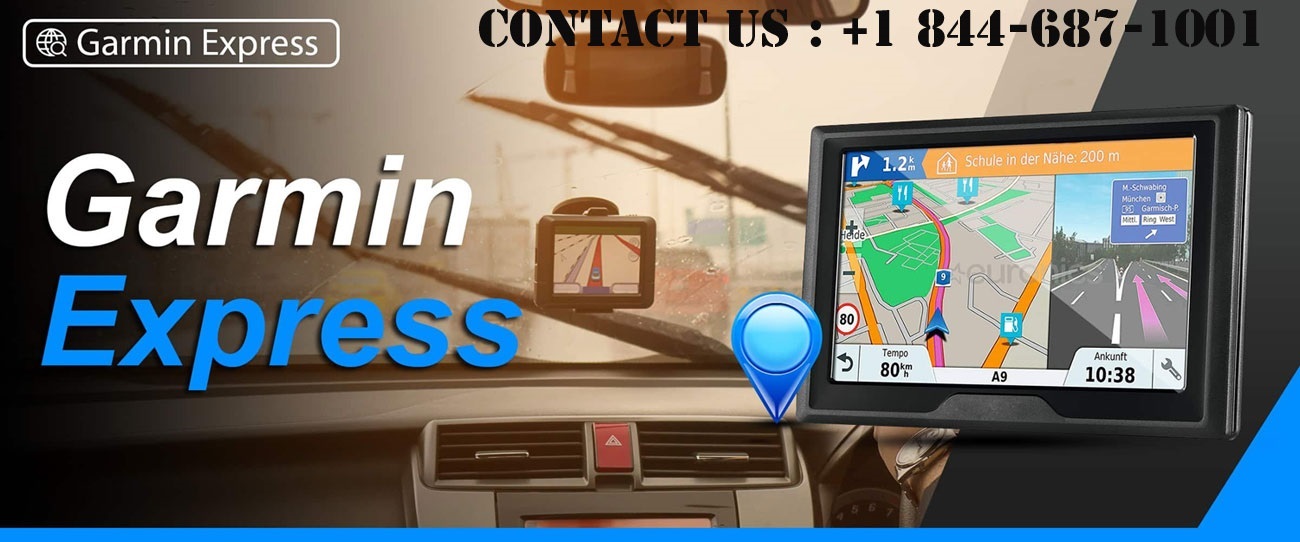The Global Positioning System (GPS) is a constellation of more than 24 satellites known as Navstar, operated by the U.S. Department of defense. The first GPS satellite was launched in1978. These satellites are synchronized to transmit the signal at the same time. These satellites are about 12,000 above the earth, flying at 9,000 mph and each has the exact time of an atomic clock. A GPS satellite weighs about 2000 pounds and with the solar panel extended, it is about 17 feet long. Even if the signals are moving at the speed of light, the large distances involved mean that each signal arrives at a different time. A GPS receiver can calculate its own position by measuring the time differences between each satellite.
If your location is determined, the GPS device can measure details such as; Speed, Bearing, Track, Trip distance, Distance to Destination, Sunrise and Sunset time and more.
Garmin global positioning system receivers operate with the use of GPS satellites orbiting the earth. The orbits were structured in such a way that at any one time at least four satellites are visible to GPS receivers. As of 2008, it has 24 GPS satellites in space. These satellites circle the earth twice a day and transmit signals back. The Garmin GPS receiver picks up the satellite signals and uses them in a method called trilateration to triangulate the user’s position. The receiver will calculate the location of a user with distance measurements from a few more satellites and display it electronically to measure your running path, map a golf course, find a way home or adventure anywhere.
Once the Garmin GPS Receives the signals from the satellites, the time the signal was transmitted is compared with the time the GPS Received the signal to determine how far away the satellite is at present. To measure its longitude and latitude the GPS must pick up the signal from at least three satellites. The GPS must lock into a fourth satellite signal to determine a 3D location. When the receiver is able to determine the position of the user, the speed that the user is moving can be determined by continuously tracking his position with the satellite and measuring how far the user has travelled for how long a time. If the destination is input by the user, the receiver can measure the distance to the destination and time to the destination based on the current speed of the recipient.
Tagline: Garmin GPS Update, Garmin Map Update, Garmin Express GPS Update, Garmin Express Map Update etc.
15.4
C
London
Wednesday, August 27, 2025






